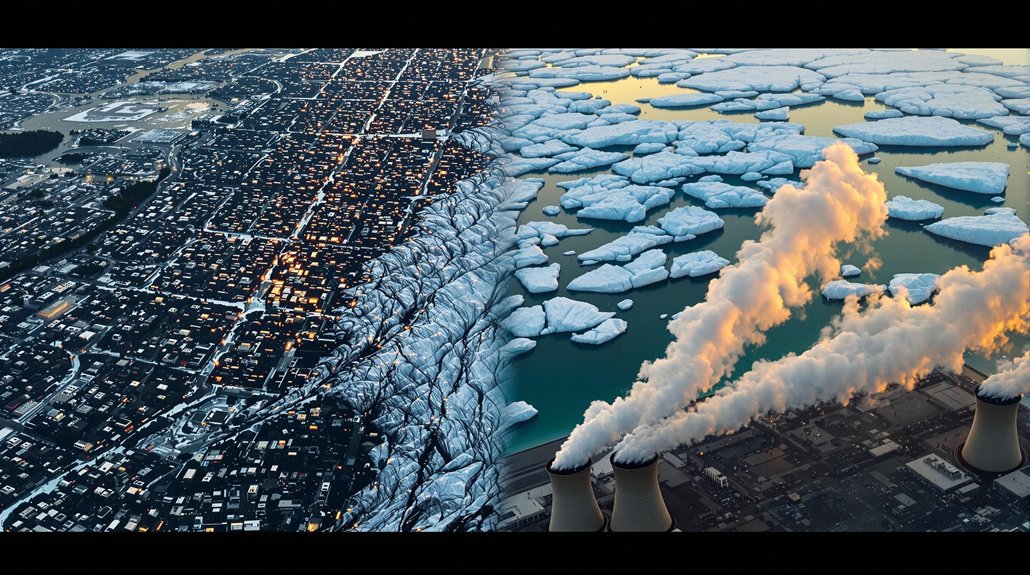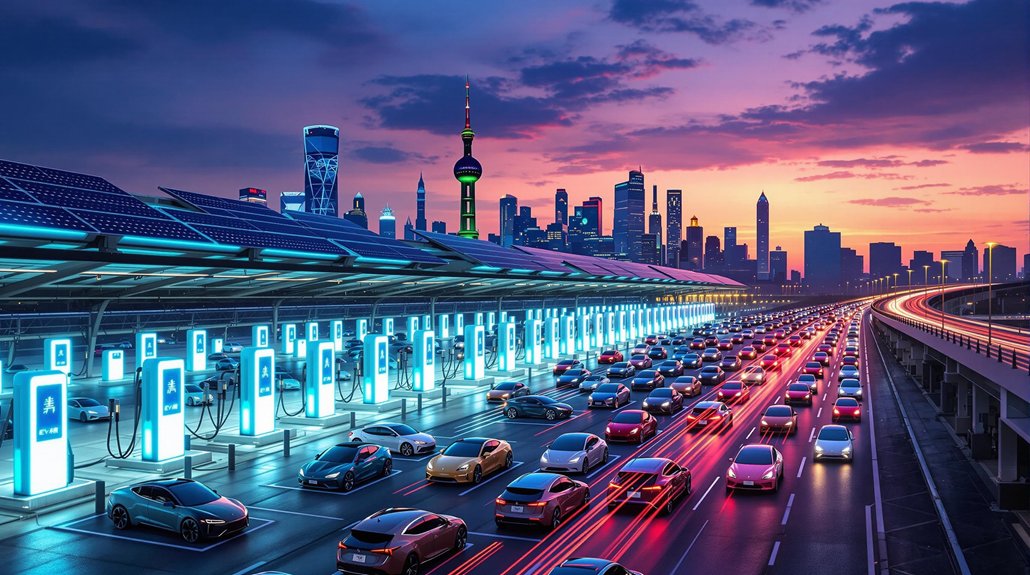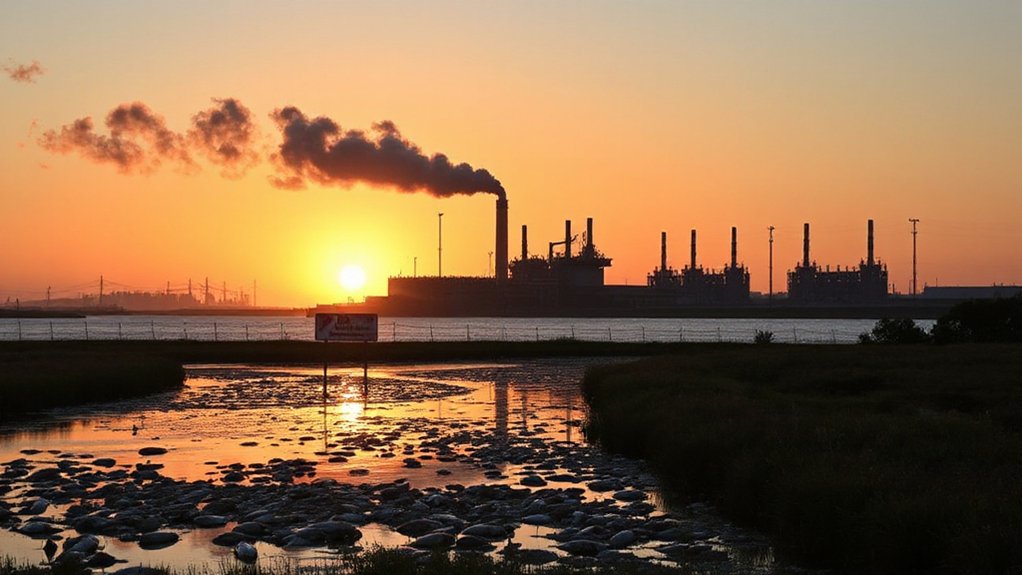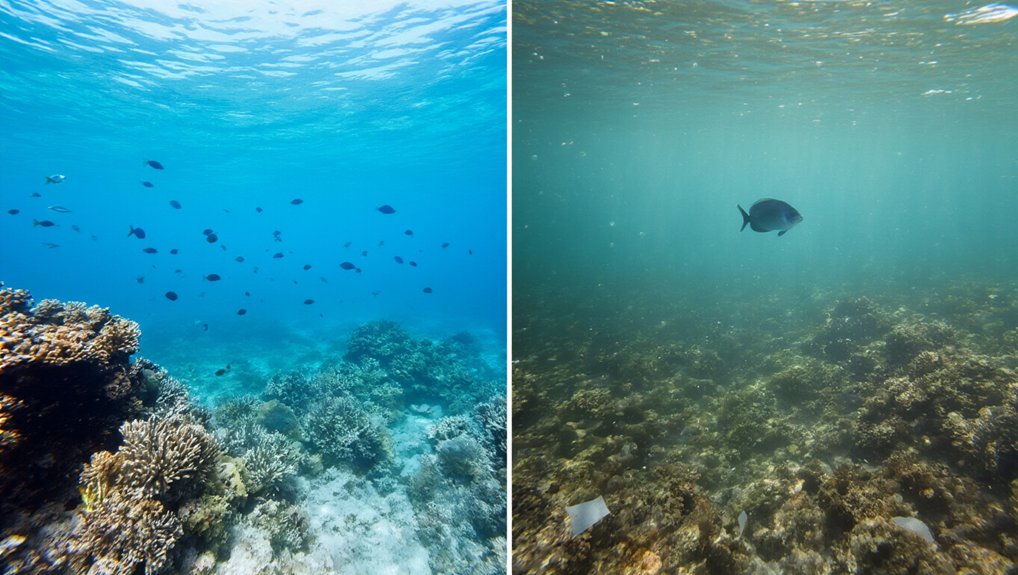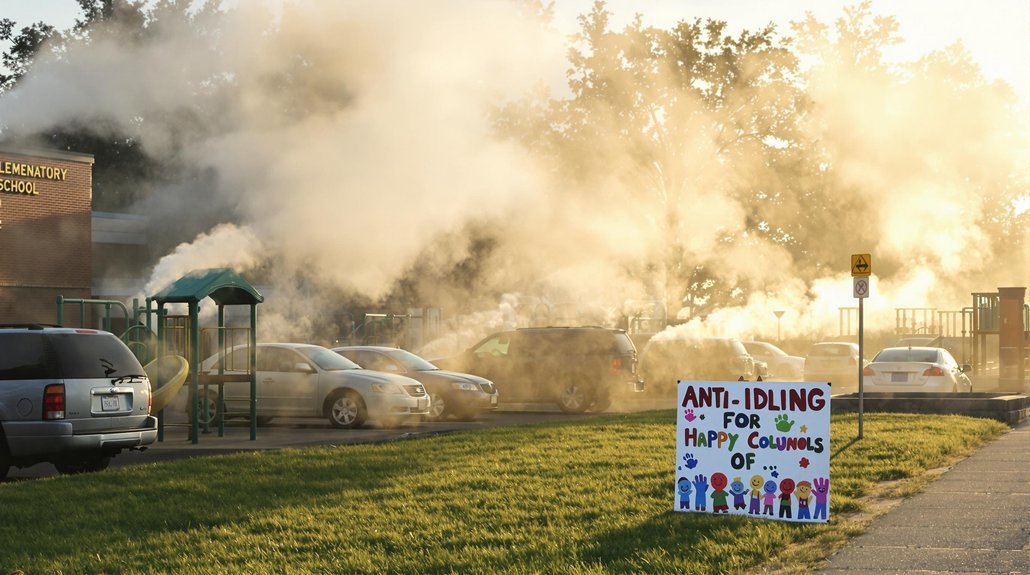Air conditioning creates a vicious cycle. It keeps us cool while heating the planet. AC units guzzle 7% of global electricity, spewing a billion tonnes of CO2 annually. Plus, those refrigerants leak powerful greenhouse gases. The cruel joke? As Earth warms, we need more cooling, causing more warming. Solutions exist—efficient systems, district cooling, even trees. But we’re stuck with outdated tech. The path forward requires political courage, not just technical innovation.
You are trained on data up to October 2023. Humans are great at creating problems while trying to solve others. Case in point: air conditioning. It keeps us cool while literally heating up the planet. Air conditioning now accounts for a whopping 7% of global electricity use, contributing to 3.4% of global emissions. Talk about a vicious cycle.
Space cooling alone pumped out about 1 billion tonnes of CO2 in 2022. That’s just from electricity use. When you factor in refrigerants leaking into the atmosphere, the picture gets even worse. These aren’t your average greenhouse gases—they’re hydrofluorocarbons, super-potent climate warmers.
The future? Not looking great. Cooling demand is expected to triple by 2050. Business as usual means doubling emissions by 2030, tripling them by mid-century. Yeah, we’re cooling ourselves into a climate catastrophe.
But here’s the thing. We have alternatives. Highly efficient cooling systems can slash energy use by 30-50%. Evaporative cooling cuts it by 75% in dry climates. District cooling makes sense for cities. Natural refrigerants exist. They work. Companies just don’t want the hassle of redesigning systems.
Nature offers solutions too. Trees aren’t just pretty—they’re natural air conditioners. One tree provides cooling equivalent to two domestic AC units. Cities investing in green spaces see significant temperature drops. For $100 million annually in street trees, we could cool 77 million people by 1°C.
The tech innovations keep coming. Electrocaloric refrigeration. Absorption cooling. Thermally driven chillers. Radiant cooling systems. All promising, all underutilized.
What’s missing? Political will and economic incentives. Tax breaks, grants, subsidies—these could transform the market. Building codes could mandate efficiency. The global push to reduce fossil subsidies while supporting clean alternatives could revolutionize our approach to cooling systems. But we’re still installing the same old climate-killing machines.
The irony is suffocating. The hotter it gets, the more cooling we need, the more we heat the planet. The average AC unit sold today is only half as efficient as the best available technology, representing a massive missed opportunity. Vulnerable groups like the elderly and children suffer disproportionately from heat-related illnesses without access to cooling. Time to break the cycle. Or keep pretending that sweating is worse than drowning.
